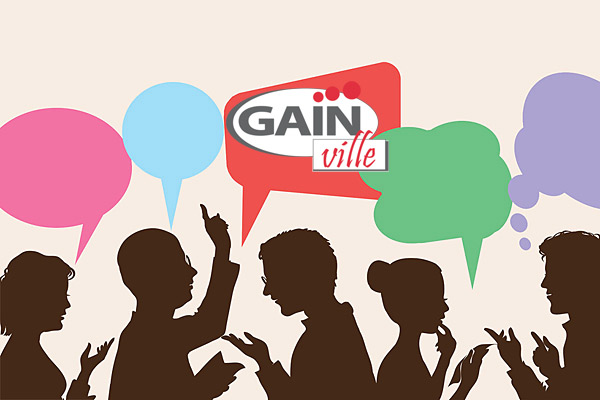Your typical voice assistant these days is humanized and goes by user-friendly female names such as Alexa and Siri (a.k.a. Speech Interpretation and Recognition Interface). Familiarity is key. The key is to – Keep company only with people who uplift you,
whose presence calls forth your best. The Greek Epictetus professed that many eons ago. It was always meant to help us navigate, cajole with us and now, spy on us. I know, I was one of the early adopters. However, I am not sure that what first we set out to do in machine learning achieves that outcome any longer on that scale. Let me explain…
Garmin‘s navigational first in-car map-directions product was introduced at CES 1998. It had a black and white screen and a database of nearby services and attractions with on-screen map routing. The successor model was in 2002 with a color display and added voice-prompts. Features announced in 2005 included GPS navigation, and language translation. The rest is history. Siri was acquired by Apple under the direction of Steve Jobs. Later after Apple Incorporation introduced Siri in 2010, Apple integrated it into its iOS mobile operating system to function primarily on 2 technologies – Speech Recognition and Natural Language Processing. The engineers at Apple train Machine Learning models on large, transcribed datasets in order to create efficient speech recognition models for Siri. As of March 2020, Apple’s Siri voice assistant supports 21 languages.
- Arabic
- English
- French
- German
- Italian
- Japanese
- Portuguese (Brazilian)
- Spanish … etc. voice control AI
Across languages, dialects and accents, consumers want a voice assistant that both understands them and speaks to them understandably. For more on this, read how Viv, the patent-holding creators of Siri sold their new company to Samsung in October 2016. In November 2014, Amazon introduced Alexa with the original Echo speaker competing with and mass-producing that technology even further.
I could go on and on to preach about the benefits of having an iPhone-like product (first introduced to the public on June 29, 2007). Four years after the first iPhone launched, Apple announced the integration of Siri, the voice-activated personal assistant. Siri Launched on the iPhone on October 4, 2011. Steve Jobs died the next day.
It is quite daunting to think where this has led us. Funny that when you text or talk to some one now (a contact with such data like a new address), the location algorithm in Siri assumes that person has relocated. Evidently, the machines are now built to prompt, learn and confirm with the user on the accuracy of the purported data set. The speech recognition system is engineered to make use of sophisticated machine learning techniques, including convolutional neural networks and long short-term memory.
This drives the point that the day will come when Machine Learning advances to a point where by artificial intelligence will know more about us than we know about ourselves. This alarmist viewpoint is not all that far-fetched and has been well documented by the Yuval Noah Harari, the historian and bestselling author of Sapiens, Homo Deus and 21 Lessons for the 21st Century. We are at a precipice. “Globalization, blockchain, genetic engineering, AI, machine learning – and common people, both men and women, may well suspect that none of these terms is about them.” However, it is often the case.
First, whenever you collect data on people – especially on what is happening inside their own bodies – this data should be used to help the people rather than to manipulate, control or harm them.
– Yuval Noah Harari
We need to politically find the right balance between surveillance and dystopian nightmares. Without due diligence and regulation of data harvesting, we run the risk of our data being mismanaged and used against us human beings. It is important to recognize that processing power multiplies via denizens every few years. Microchips are now packing more transistors than we can fathom. It is on the order of nanometers at this point powering things that we carry around and vehicles we drive in. It takes 25.4 million nanometers to equal an inch. Automation is unfolding on a grand scale and we have to be careful about its impact on future generations of people and how they live together.


Recent Comments